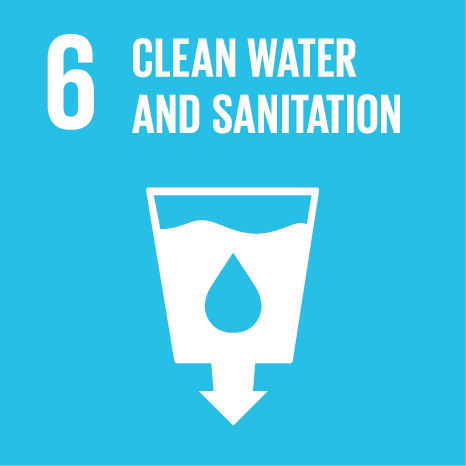 +265(0)111 624 222
+265(0)111 624 222 research@unima.ac.mw
research@unima.ac.mw Chirunga-Zomba, Malawi
Chirunga-Zomba, Malawi
Development of Acute Malnutrition Despite Nutritional Supplementation in Malawi
Abstract
ABSTRACTMalnutrition in children is most often attributed to inadequate nutrient intake. Utilizing data from 2 prospective, randomized controlled trials of complimentary feeding with supplemental legumes (n = 693, ages 6–24 months) in 2 Malawian villages, Masenjere, and Limera, we document a high rate 70/693 (10.1%) of acute malnutrition (AM). Risks for AM in this setting, as determined by Cox regression analysis, include study village (hazard ratio [HR] 3.0), prior malnutrition (HR 4.12), stunting (HR 2.87), and a marker of food insecurity (HR 1.89). Comparison of Masenjere to Limera demonstrate adequate and similar nutritional intake yet an increased rate of AM in Masenjere, 56 of 400 (14.0%) versus 14 of 293 (4.8%), and stunting, 140 of 400 (35%) versus 80 of 293 (27%), environmental enteric dysfunction 246 of 400 (71%) versus 181/293 (67%), and infectious symptoms (cough and diarrhea). Masenjere did have cleaner water and less food insecurity 200 of 399 (50.5%) versus 204 of 293 (69.6%). These findings suggest adequate complementary nutrient intake does not protect young children against AM.
| Original language | en |
| Pages (from-to) | 734-737 |
| Volume | 68 |
| Issue number | 5 |
| Publication status | Published - 2019 |
UN SDGs
This research output contributes to the following United Nations (UN) Sustainable Development Goals (SDGs)


UN SDGs
This research output contributes to the following United Nations (UN) Sustainable Development Goals (SDGs)


UN SDGs
This research output contributes to the following United Nations (UN) Sustainable Development Goals (SDGs)

